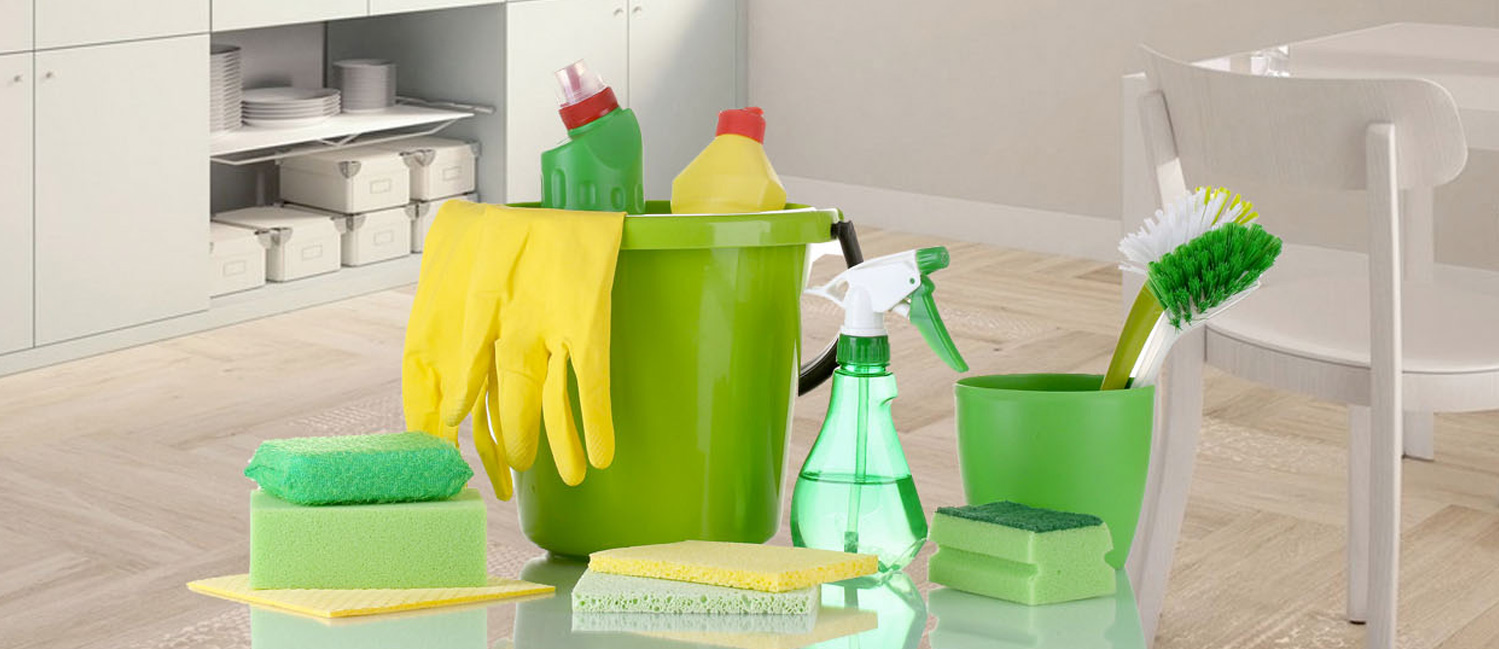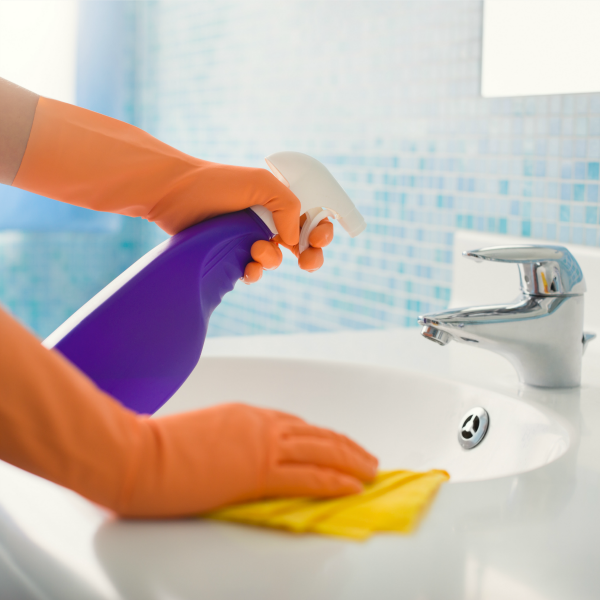Table Of Content

In fact, smoke has a tendency to permeate multiple layers of a home, seeping into walls, furniture, carpeting, and even HVAC systems. As such, selling a smoky house can present numerous challenges if these hidden sources of odor are not addressed adequately. After a fire, big or small, the smell can stick around for a while—and the longer it sits, the longer it can set into your furniture and belongings. Our experts have compiled all the best information on removing smoke smells for good. There are many “odor eliminating” products on the market, like sprays, candles, and air fresheners, but many of these don’t really remove the smoke smell.
Change HVAC Filters
Airing out the house will help remove smoke particles from all surfaces and start to shift them from fabrics and soft furnishings. Similar to fire smoke, cigarette smoke can permeate the HVAC system, requiring thorough cleaning and maintenance. Inspect ductwork for nicotine residue and perform deep cleaning on vents and registers to eliminate trapped smoke particles. It’s possible to make the air smell better by lighting candles and spraying air fresheners, but this is not a long-term fix.
Remove Smoke Smell from Walls and Hard Surfaces
It's tough to get rid of cigarette smells, but an ozone treatment can do it - The Washington Post
It's tough to get rid of cigarette smells, but an ozone treatment can do it.
Posted: Mon, 12 Nov 2018 08:00:00 GMT [source]
Allow the baking soda to sit on the carpet overnight, then vacuum it with a HEPA filter-equipped wet-dry vacuum. If the smell persists, repeat the process, allowing the baking soda to work overnight again. If the carpet still smells after a second vacuuming, it may be necessary to call a professional or replace the carpet altogether.
Step 3: Use Fabric Refreshing Spray
After the vinegar has done its job, toss it out and replace it with fresh vinegar if necessary. It’s preferable to use white vinegar because it does a better job of neutralizing the smoke smell in your home. Some simply mask the unpleasant odor with more pleasant alternatives. As the mouth is the body’s main entry point for tobacco, it can lead to an odor on the breath. There is no evidence that this provides any extra health risk over smoking tobacco in the first place, but it can be unpleasant for smokers and those around them. Shampooing and conditioning facial and head hair is the ideal method for removing cigarette smells.
Smoke particles are tiny and can easily penetrate porous surfaces such as walls, furniture, carpets and HVAC systems. Air purifiers offer mixed results when it comes to removing the smell of tobacco smoke. Because many air purifiers are designed to collect particulate matter, they are ineffective against gaseous pollutants, which are what cigarette smoking creates. Some air purifiers, however, specifically those that use charcoal filters, might be more effective. Look for an air purifier with a charcoal filter (sometimes referred to as an activated carbon filter) if you’re trying to get rid of the acrid odor of cigarette smoke.
This exposed infants to 3–8 times the amount of environmental tobacco smoke in houses not exposed to indoor smoking in an older 2004 report. This article explains how to remove the smell of cigarette smoke from items, materials, skin, homes, cars, and other places. Thirdhand smoke can leave a lingering odor on carpets, cars, clothes, skin, and hair after a cigarette.
Deodorizing Methods

Particles settle on every surface, and when it comes to carpeted floors, the smoke particles get really deep and ground in. Use ceiling fans and any other static fans in the home to provide yet more circulation. The key to effective airing is to move as much stale air as possible and push it outdoors.
Cleaning Techniques
If smoking isn’t the cause of the smoky smell, it could be burned food, milk that’s caught on the bottom of the pan, or any of a host of other kitchen-based causes. Ensure all your pans, including skillets and those in the oven, are thoroughly cleaned and all remnants of burned food are removed fully. If any are beyond saving, which is rare, throw them away and invest in new kitchenware.
In order to effectively tackle this issue, there are several key areas which need to be understood and addressed methodically. Additionally, professional assistance options will also be discussed for those situations where self-help measures may fall short. Throughout the article, readers will be empowered with knowledge and skills that can help transform their living spaces from smoky dens into fresh and welcoming homes. Whether it’s cigarette fumes or smoke from a wood-burning stove, smoke scents have a crafty way of infiltrating carpets, clothes, curtains, walls, and furniture. But before you decide to ditch your favorite rug or long-loved couch, you should know that removing smoke smells from your home isn't a lost cause. For very severe smoke damage, or if the above options fail, contact a professional.
Try putting bowls of vinegar around to help absorb cigarette smells. Immediately after you are safely allowed to return to your home, open all windows to air out the property. When the smoke odor is contained, it can continue to permeate surfaces in the home. These pre-cleaning steps act as a precursor for meticulous deep cleaning tasks while enhancing marketability prospects for homes on sale. A well-presented, odor-free house invariably attracts potential buyers and gives them confidence about their prospective investment.
If those smoke particles are still present, their odor will linger. Getting rid of the smoke smell in a house requires removing those particles. Place several bags or bowls of activated charcoal around a smoky room or car to absorb odors, or place the bags atop smoke-damaged furniture or carpeting.



















